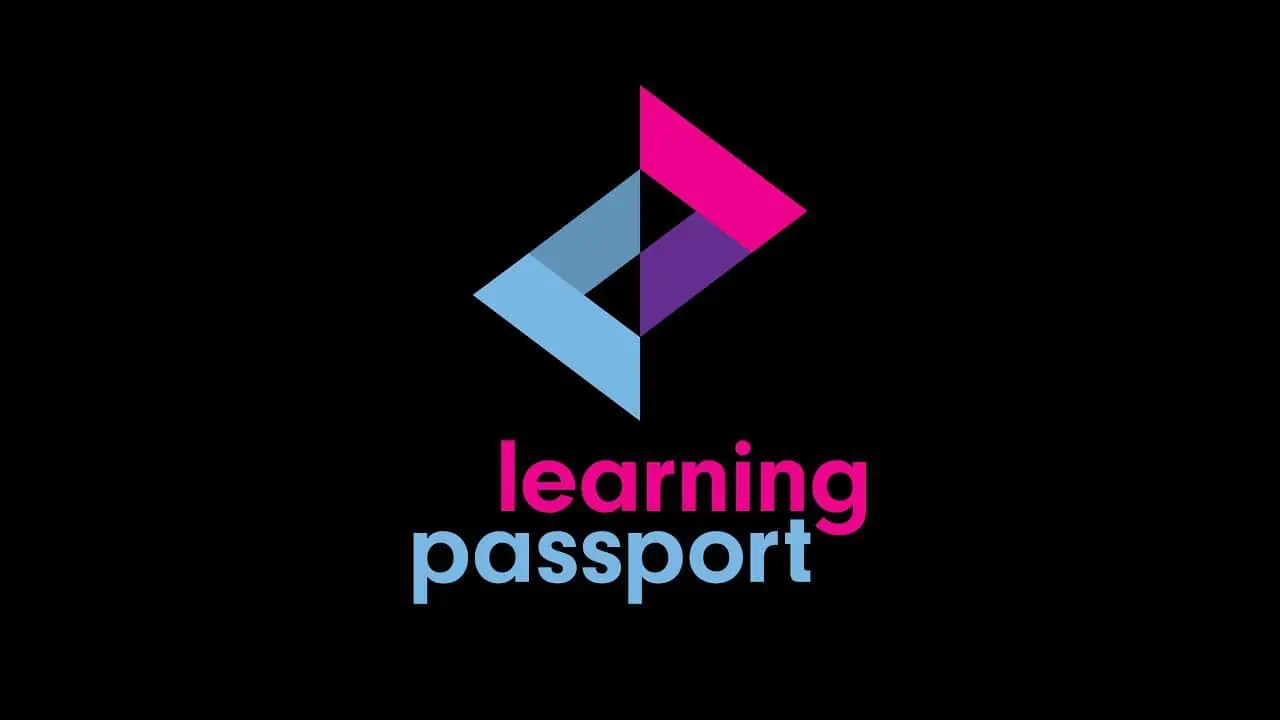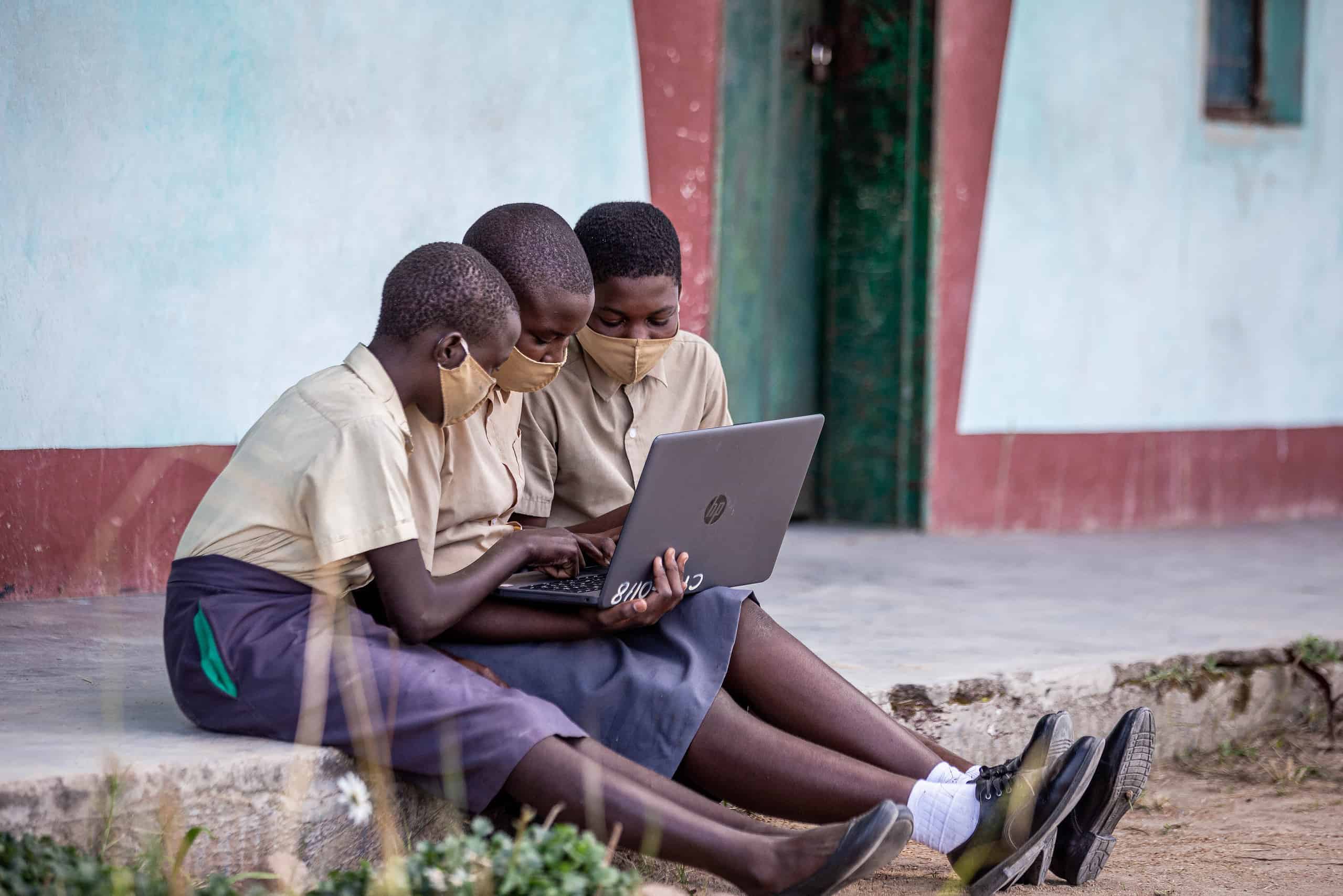Learning Passport supports learning continuity amid the COVID 19 pandemic


The Learning Passport was first launched in 2018 through the collaboration of UNICEF and Microsoft. It was originally intended to reach displaced children in areas of conflict and natural disasters whose education had been disrupted. In the time of the pandemic, this platform has become more relevant than ever before.
Inequalities to learning access had been a reality long before the pandemic. This challenge in educational access became even more pronounced in the past years since the onslaught of the COVID 19 pandemic, which shut many schools and forced education to migrate to elearning platforms.
Employing online solutions became imperative in many areas to continue the learning delivery to students while protecting them from the virus threat. Nonetheless, with the existing digital divide, online learning has the power to intensify the learning poverty of many disadvantaged children. This, however, is bridged by the platform so that learning continuity would still be within reach of millions of children, whether they are online or offline.
Learning Passport for learning continuity
Learning Passport is a digital remote learning platform originally intended to reach displaced youth. Alexa Joyce, Digital Transformation & Skills Director EMEA Microsoft Education, stated that the Learning Passport is an expression of the company’s commitment to support equitable access to education and to empower the learners to achieve their academic and social potentials.
This supports governments all around the globe to offer localized curricula which could be accessed both online or offline, allowing students to access learning in their own local languages. This inclusive platform provides equal access to learning resources, opportunities, and support for students, regardless of their income, ability, language, location, and identity.
It offers both local as well as global content for learners, parents, and teachers. The platform also covers a broad scope so that students from early childhood to secondary level can take advantage of these opportunities and resources. There are also adolescent skills and tech-voc education resources available. What is more interesting about Passport for Learning is that all these were tailor-fit to address the needs of its target users. Further, it records the students’ learning history, which could be carried by the learners beyond physical and digital borders.
Further, to ensure that children living in areas with an unstable internet connection would not be limited, this platform allows online and offline use. This is especially relevant with around 1.3 billion children, usually in low-income nations, who do not have an internet connection in their own homes. In the offline model, there is a hub device that becomes the server where contents and learner records are stored.
Learning Passport in the Time of Pandemic and Beyond
Due to the countries’ efforts to control the pandemic risk, around 463 million children were cut off from their access to schooling due to the lack of policies for distance education and of available devices for learning. This implies that millions of children have been cut off from education for about three years in a row now. This prolonged interruption to schooling could pose a devastating effect on the youth’s future.
UNICEF‘s Global Director of Education and Adolescent Development, Robert Jenkins, asserted that for continuity of learning to be ensured, it is imperative that we must “reimagine education and transform educational systems.” Obviously, Platform for Learning is one way of reimagining an education that is responsive to the demands for inclusivity, especially in the pandemic. In fact, TIME recognized the Learning Passport as one of the best inventions of 2021.
Today, Passport for Learning caters to around two million users as more and more countries are using it as their learning management system. Some are using it to complement their official LMS to support student learning. It is currently live in 20 countries and in the process of being deployed in 25 more.
Read our disclosure page to find out how can you help MSPoweruser sustain the editorial team Read more




User forum
0 messages